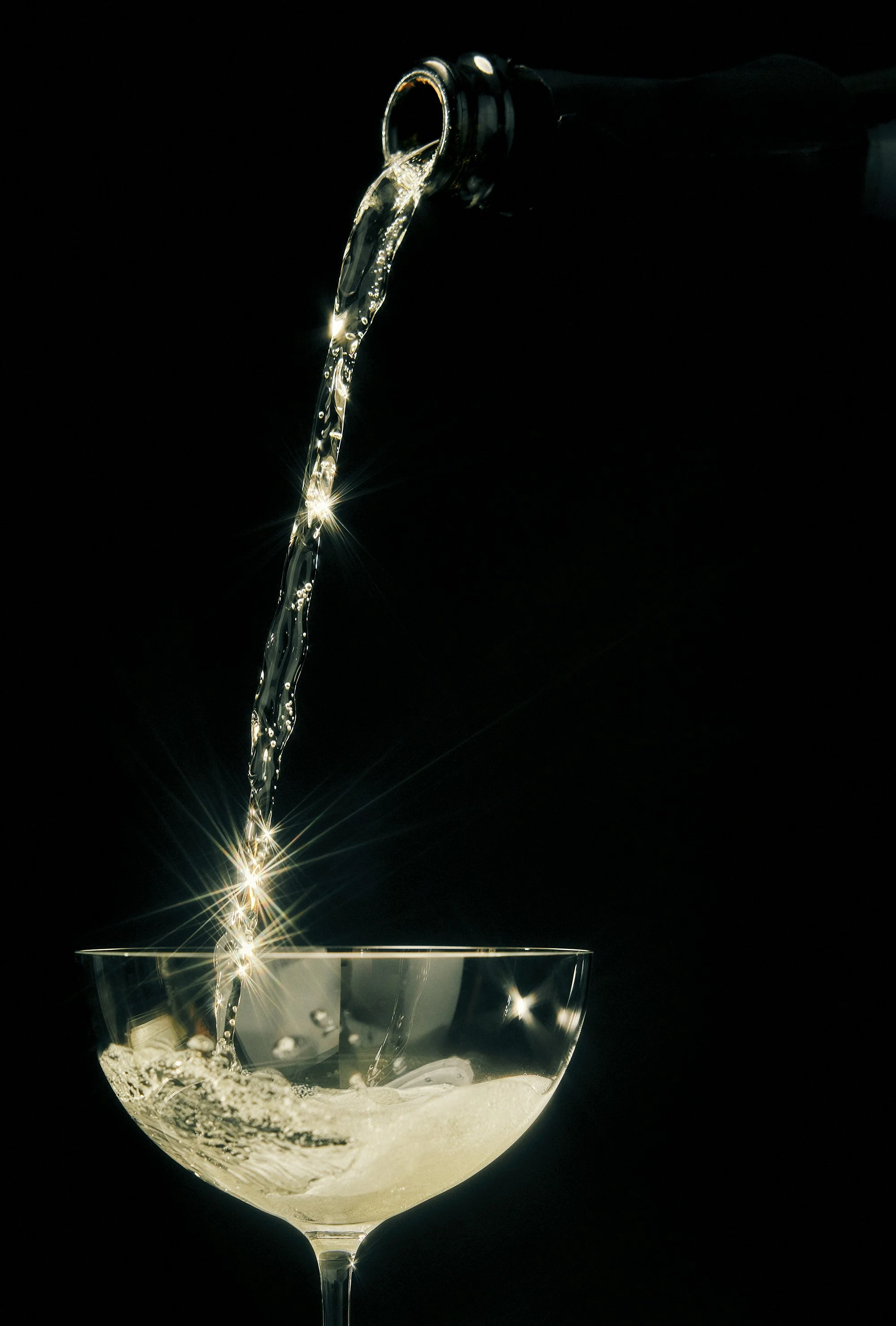What Does Brexit Mean for Irish Whiskey?
June 8, 2017: Originally published in Liquor.com.
On St. Patrick’s Day, Jameson debuted a new $12.4 million visitors center in the heart of Dublin. The Bow Street distillery combines video, personalized tours and whiskey tastings.
The Irish whiskey maker is benefitting from a boom in tourism that’s boosting revenue in Dublin and throughout Ireland. More than 100,000 tourists arrived in Dublin on March 17, which kicks off tourist season in the country. In 2016, more than 8.8 million overseas tourists (nearly double the Irish population) visited the Emerald Isle, according to Ireland’s national tourism authority.
But for all the celebrating that occurred over the St. Patrick’s Day holiday, there are some dark clouds ahead. On March 30, two weeks after Dublin cleaned up its last green streamer, British Prime Minister Theresa May signed Article 30, which begins the two-year process ending in the United Kingdom leaving the European Union. Dubbed Brexit, the breakup will have a long-ranging impact across industries and countries.
According to Ibec, a national trade organization for businesses and employers in Ireland, Brexit poses a direct challenge to Ireland’s food and drink sector, which grew 50 percent between 2009 and 2015. And though it’s too early to assess Brexit’s immediate impact on Irish whiskey, one thing’s for certain: The industry is paying close attention.
A January 2017 report by the Alcohol Beverage Federation of Ireland (ABFI) shows that the drinks sector is a major driver of the Irish economy. Irish trade groups, in particular, are lobbying that a hard border between the Republic of Ireland and Northern Ireland not be reinstituted, as it will make moving materials and products more expensive and difficult.
Jameson’s executives are sanguine about the coming changes. “Within the whole business world there is uncertainty,” says Brian Nation, Jameson’s head distiller. “There is an element of the unknown. It’s not impacting on our present plans at the moment. We’re still driving ahead with the forecasts that we have. We see ourselves continuing to do that.”
Teeling Whiskey Co. founder Jack Teeling candidly described his reaction on the coming negotiations as a mix of “disappointment, dread and uncertainty.”
“My biggest fear is the challenge that faces Northern Ireland and the potential that free movement between the North and the South for everyone on the Island of Ireland will be affected,” he says. In terms of Teeling’s future outlook, the brand anticipates a drop in U.K. visitors to its distillery. Teeling is also monitoring the drop in the value of sterling, which could affect its ability to compete against now more affordable scotch.
In many ways, liquor companies, whether they produce cognac, whiskey or rum, are set up to look decades ahead into the future. Preparing for the next round of whiskey (or rum or cognac) batches means forecasting drinking, and therefore blending trends, far into the next generation.
“You can look at it in very simple terms,” says Billy Leighton, Jameson’s head blender. “If there’s an eight-year component in our whiskey, then we must already be setting down the next eight years’ worth of stock for it to meet the demand.” Taken in that sense, the next two years of Brexit negotiations, currently projected to complete in spring 2019, is a small blip within the overall spirits timeframe.
“I don’t think anyone is too sure what’s going to happen,” says Leighton. “If we keep doing what we’re doing, there’s going to be an element of, ‘Well, let’s wait and see.’ ”
“Maybe other markets will become more attractive after Brexit,” he says. In the U.S., for example, the Irish whiskey category grew by 18.7 percent in 2016; revenues were up 19.8 percent to $795 million, according to The Distilled Spirits Council of the United States (DISCUS).
“We are planning for the future and laying down as much stock as we can,” says Teeling. “Brexit or no Brexit, Irish whiskey is in the middle of a long term cyclical uptrend driven not by the U.K. but other Irish trading partners primarily the U.S. and Continental Europe. So despite Brexit, the future looks bright for Irish whiskey.”





